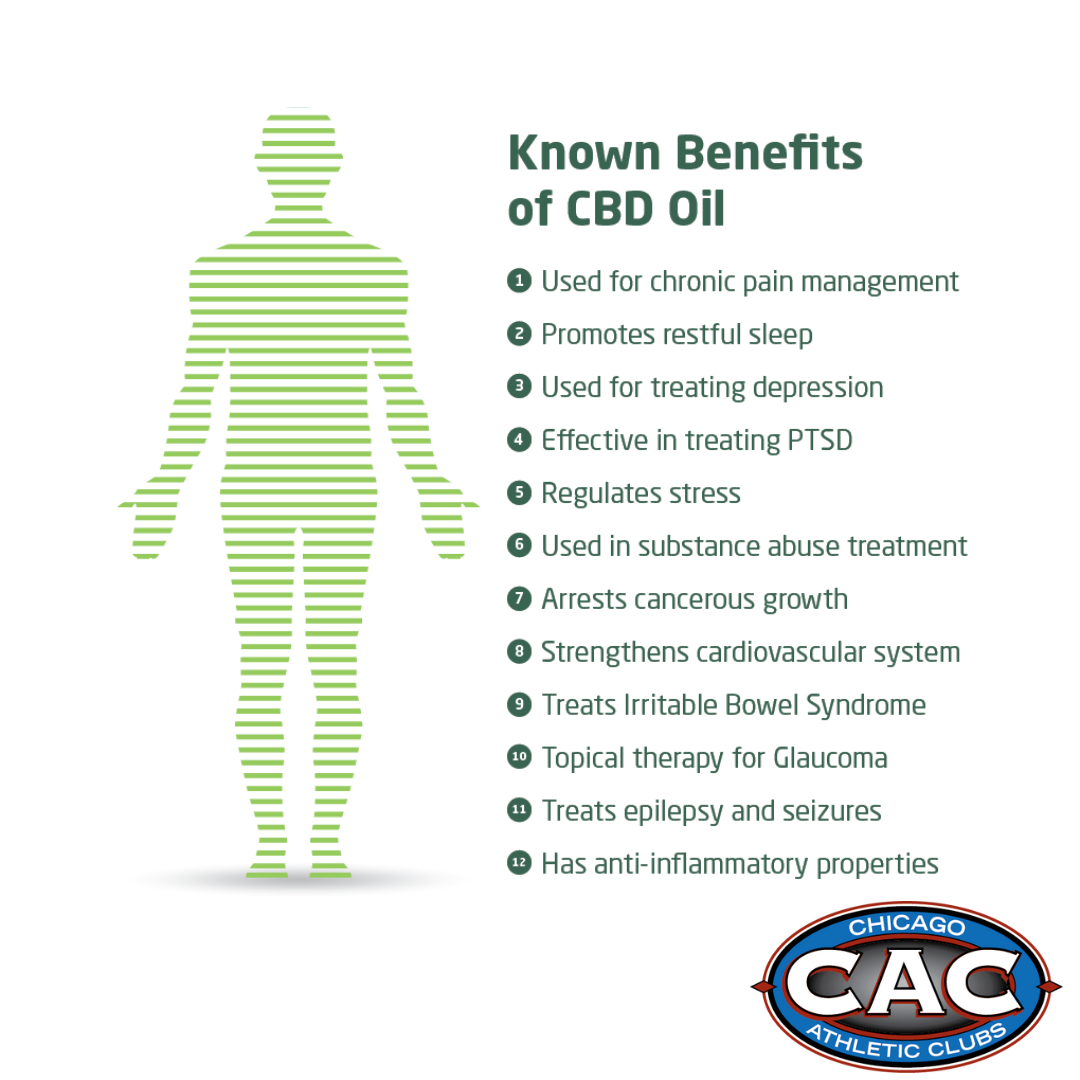The Buzz on Green Dr Cbd
Table of ContentsLittle Known Questions About Green Dr Cbd.Our Green Dr Cbd IdeasSome Of Green Dr CbdGetting The Green Dr Cbd To Work
For instance, the most usual conditions for which clinical marijuana is used in Colorado and Oregon are discomfort, spasticity related to multiple sclerosis, nausea or vomiting, posttraumatic stress and anxiety disorder, cancer, epilepsy, cachexia, glaucoma, HIV/AIDS, and degenerative neurological problems (CDPHE, 2016; OHA, 2016 (green dr cbd). We added to these problems of passion by analyzing listings of certifying conditions in states where such usage is lawful under state legislationThe committee is mindful that there may be other conditions for which there is evidence of efficacy for cannabis or cannabinoids (https://www.mixcloud.com/greendrcbd/). In this phase, the committee will review the findings from 16 of one of the most recent, good- to fair-quality methodical testimonials and 21 main literary works short articles that ideal address the board's study inquiries of passion
:max_bytes(150000):strip_icc()/VWH-Nutrition-CBDOil-43c045a69aa747ada488c6879128d78d.png)
As an example, Light et al. (2014 ) reported that 94 percent of Colorado medical marijuana ID cardholders showed "severe discomfort" as a medical condition. Similarly, Ilgen et al. (2013 ) reported that 87 percent of participants in their study were looking for clinical marijuana for discomfort relief. Additionally, there is evidence that some people are replacing making use of conventional discomfort drugs (e.g., narcotics) with marijuana.
Some Known Incorrect Statements About Green Dr Cbd
Recent evaluations of prescription data from Medicare Component D enrollees in states with clinical accessibility to cannabis recommend a significant decrease in the prescription of traditional pain medications (Bradford and Bradford, 2016). Integrated with the study data suggesting that pain is one of the primary reasons for the use of clinical marijuana, these recent reports suggest that a variety of pain clients are changing using opioids with marijuana, despite the fact that cannabis has actually not been accepted by the U.S.
Five great- to fair-quality methodical evaluations were identified. Of those 5 testimonials, Whiting et al. (2015 ) was the most thorough, both in regards to the target medical problems and in regards Recommended Reading to the cannabinoids tested. Snedecor et al. (2013 ) was narrowly concentrated on pain relevant to spine cable injury, did not consist of any kind of researches that utilized cannabis, and only determined one study investigating cannabinoids (dronabinol).

The smart Trick of Green Dr Cbd That Nobody is Talking About
For the objectives of this discussion, the main source of information for the effect on cannabinoids on persistent pain was the evaluation by Whiting et al. (2015 ). Whiting et al. (2015 ) consisted of RCTs that compared cannabinoids to common care, a sugar pill, or no therapy for 10 conditions. Where RCTs were unavailable for a condition or result, nonrandomized research studies, including unchecked studies, were considered.
( 2015 ) that specified to the effects of inhaled cannabinoids. The extensive screening technique made use of by Whiting et al. (2015 ) brought about the identification of 28 randomized tests in patients with persistent pain (2,454 individuals). Twenty-two of these tests assessed plant-derived cannabinoids (nabiximols, 13 tests; plant flower that was smoked or evaporated, 5 tests; THC oramucosal spray, 3 trials; and dental THC, 1 test), while 5 tests reviewed synthetic THC (i.e., nabilone).
The medical condition underlying the chronic discomfort was most commonly relevant to a neuropathy (17 trials); various other conditions consisted of cancer pain, multiple sclerosis, rheumatoid joint inflammation, bone and joint issues, and chemotherapy-induced discomfort. = 0 (cbd dog treats for anxiety).992.00; 8 trials).
Showed that cannabis reduced pain versus a sugar pill (OR, 3.43, 95% CI = 1.0311.48).
The Basic Principles Of Green Dr Cbd
There was likewise some proof of a dose-dependent effect in these studies. In the addition to the evaluations by Whiting et al. (2015 ) and Andreae et al. (2015 ), the board determined two additional research studies on the effect of cannabis flower on sharp pain (Wallace et al., 2015; Wilsey et al., 2016).
These 2 researches are constant with the previous reviews by Whiting et al. (2015 ) and Andreae et al. (2015 ), suggesting a reduction in discomfort after cannabis administration. In their evaluation, the board found that only a handful of researches have assessed the use of marijuana in the United States, and all of them reviewed cannabis in flower form given by the National Institute on Drug Misuse that was either evaporated or smoked.